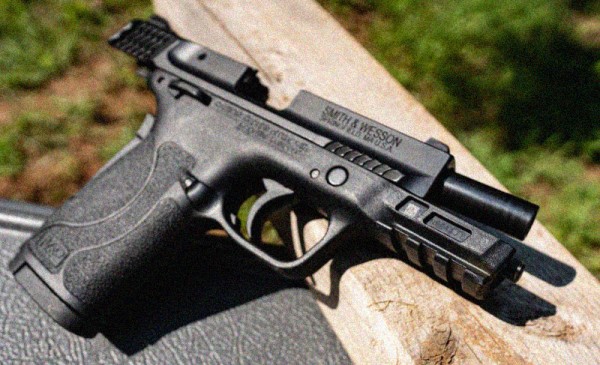No. Barrel length refers to the distance between the bolt face and the muzzle. A muzzle brake is a device fitted to the muzzle of a firearm that redirects propellant gasses to counteract recoil and unwanted rising of the barrel during firing.
To measure barrel length, the ATF procedure is to measure from the closed bolt (or breech-face) to the end of the barrel or permanently attached muzzle device. Permanent methods of attachment include welding, silver soldering, or blind pinning with the pin head welded over.
We may now turn to the definition of overall length, which reads as follows: “The overall length of a firearm is the distance between the muzzle of the barrel and the rearmost portion of the weapon measured on a line parallel to the axis of the bore.”
Muzzle brakes are legal in some countries for hunting, and in others for competition shooting, such as IPSC. They are usually only allowed on rifles with barrels shorter than 16 inches in length.
Look how to measure your weapon properly:
The barrel length of a firearm includes the length of the barrel, plus the length of any permanently attached muzzle devices. So, if it is not permanently attached, it is not added to the length of the barrel.
Muzzle brakes are popular devices that are used to redirect muzzle gasses away from the shooter, in order to reduce recoil and muzzle climb. While they do provide some benefits, they also can add length to the barrel and thus increase the overall barrel length of a firearm.
You can watch how to measure pistol barrels here:
See also: the AmmoCave team picked up the best compensators for you!
No. Barrel length does not include muzzle brake. The muzzle brake is typically attached to the end of the barrel and therefore does not affect the barrel length until it’s permanently attached.
No. The barrel length is the part of the gun that extends from the bolt/ breech face to the end of the muzzle including the muzzle device only if it’s installed permanently.



